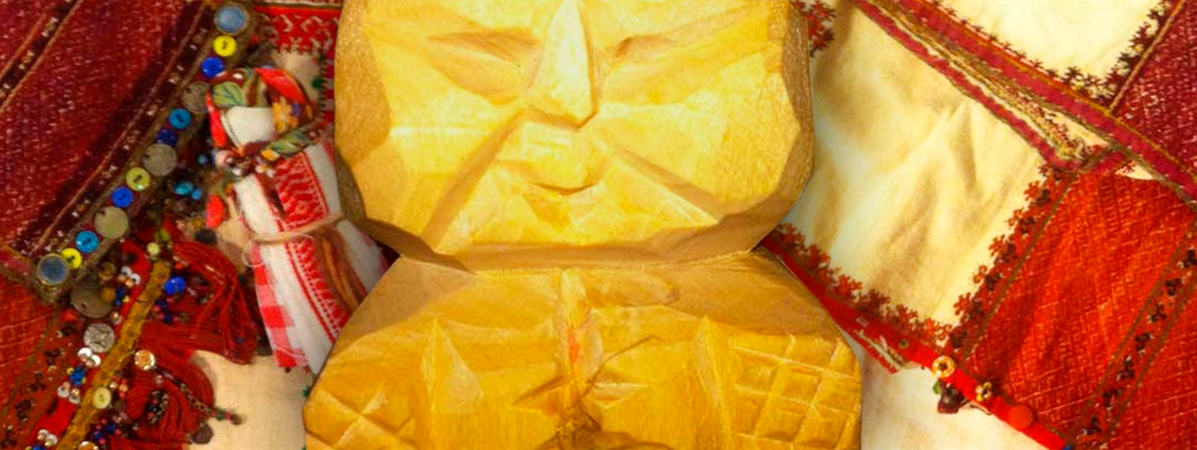
On these pages, you will learn about the Uralic languages and their speakers as well as other aspects associated with these languages being related to each other. The purpose of the website is to provide basic information for the general public. An important target group is schools – both teachers as well as pupils and students. The information is based on academic research but has in places been slightly simplified due to the presentation method and the target group. The pages contain literature tips (mostly in Finnish) for those who want to take a further look into the topic.
There are around 7,000 different languages spoken in the world, and these can be classified into a couple of hundred language families. Languages that belong to the same language family are related to each other. Finnish and its related languages belong to the Uralic family of languages. There are a few dozen Uralic languages, but it is impossible to count their precise number. New languages may be born, and old languages may disappear, that is, they may become extinct. Languages usually also have different dialects. It is not always easy to distinguish between different languages and different dialects of the same language.

Languages that belong to the same language family are related to each other. You could think of them as being each other’s siblings or cousins. They originate from the same common ancestor (called a protolanguage) spoken hundreds or thousands of years ago. The common ancestor of the Uralic language family is called Proto-Uralic. The fact that languages are related to each other can be seen in features such as their shared vocabulary or other shared elements such as case endings and verb conjugation endings.
Uralic languages can be classified into subgroups. Languages belonging to the same group are closely related to each other and share the same (intermediate) protolanguage. The family also includes languages that are more distantly related to each other. The Finnic languages are a group of closely related languages that comprise Finnish, Estonian, the Karelian languages, Veps, Ingrian, Livonian and Votic. A separate group is formed by the Saami languages, which total around ten different languages. The Mordvin languages and Mari do not have any (known or extant, that is, surviving) closely related languages. Udmurt and the Komi languages belong to the Permic languages. Hungarian, Khanty and Mansi are classified as Ugric languages. The Samoyedic languages in turn include Nenets, Enets, Nganasan and Selkup.


